Heritage NGOs Express Desolation Over Unlawful Demolition Of “Penang’s Very Own Taj Mahal” Gravesite
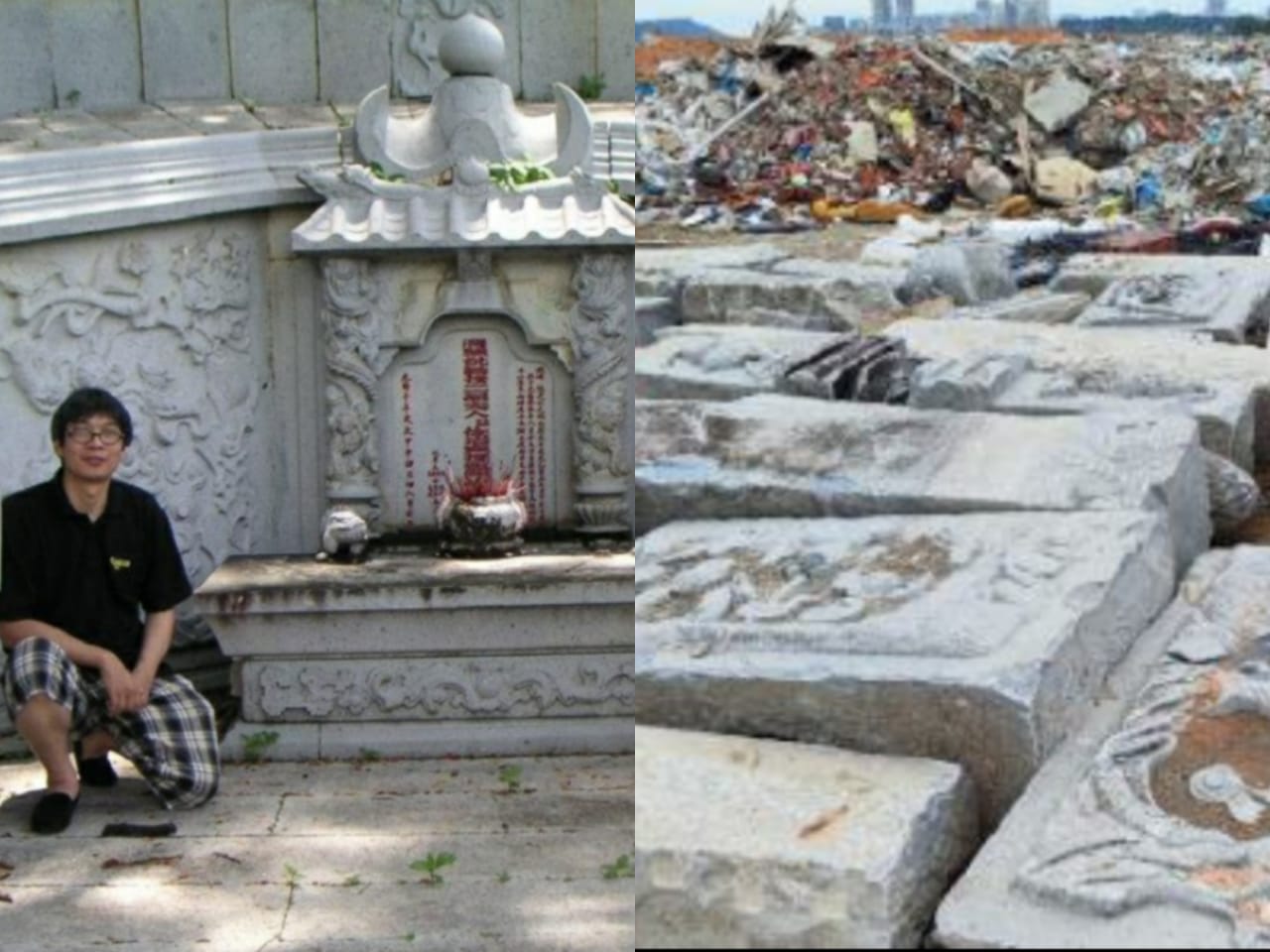 Thirsty for JUICE content? Quench your cravings on our Instagram, TikTok and WhatsApp
Thirsty for JUICE content? Quench your cravings on our Instagram, TikTok and WhatsApp
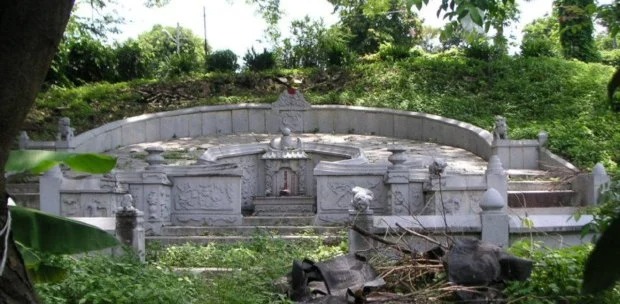
The George Town Heritage Action (GTHA) has published a message to the United Nations Educational, Scientific, and Cultural Organization (Unesco) regarding the destruction of the 138-year-old grave of Foo Teng Nyong, Kapitan Chung Keng Quee’s third wife.
The “Penang’s Taj Mahal” grave was constructed and designed in 1884 to express Chung’s love for Foo, who passed away during childbirth at the age of 33.
Through an e-mail to Unesco signed by GTHA co-founders Mark Lay and Joann Khaw, the heritage non-governmental organisation (NGO) lamented the criminal demolition of Foo’s grave.
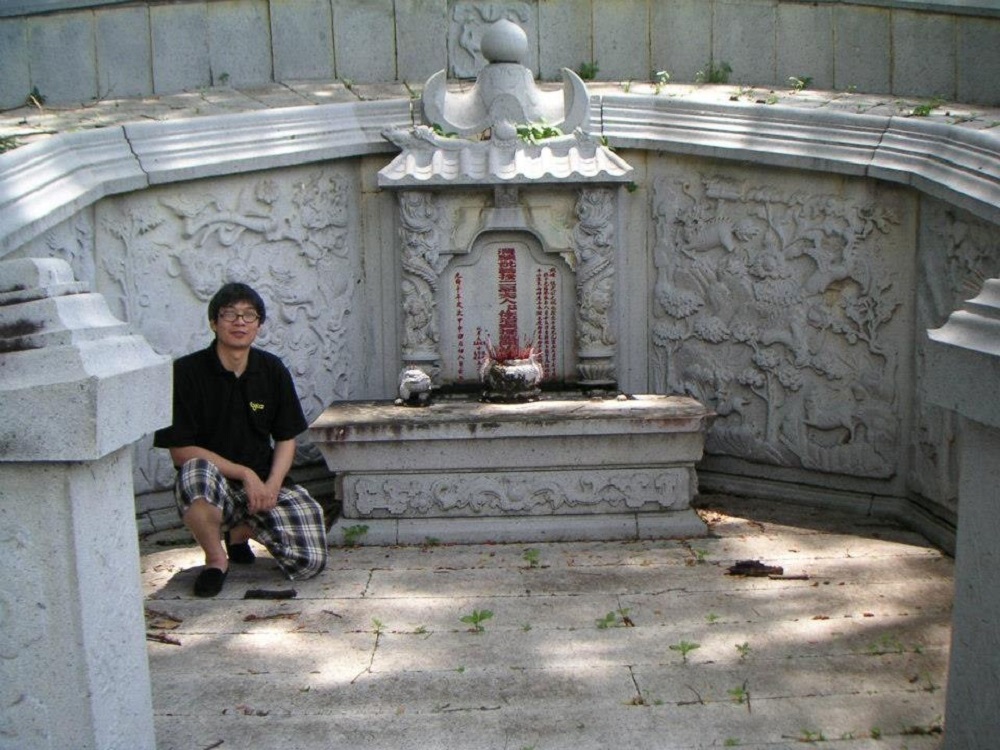
“We write to report the devastating news that Madam Foo Teng Nyong’s 1884 tomb in Penang, Malaysia, has been unlawfully destroyed. We heritage NGOs are all greatly disappointed by the news, and we have learned from our Penang Heritage Commissioner (Rosli Nor) that Penang Council is highly improbable to penalise the landowner, who plans to construct apartment buildings on the site.
“The Madam Foo Teng Nyong tomb was well recognised all through Southeast Asia as Penang’s very own Taj Mahal, designed and built for his dear wife Madam Foo, who died during childbirth in 1883, by devoted husband Kapitan Cina Chung Keng Quee, a pioneer of Malaya,” it read, as per NST.
Based on the messsage, the initial 1884 tomb was constructed in the Cantonese style, distinctive to Penang, Malaysia, and Southeast Asia, with its Anglo-Chinese East Meets West non-turtle-back architecture, inbuilt stone crypt, crafted stone masonry, and personalised carved panelling.
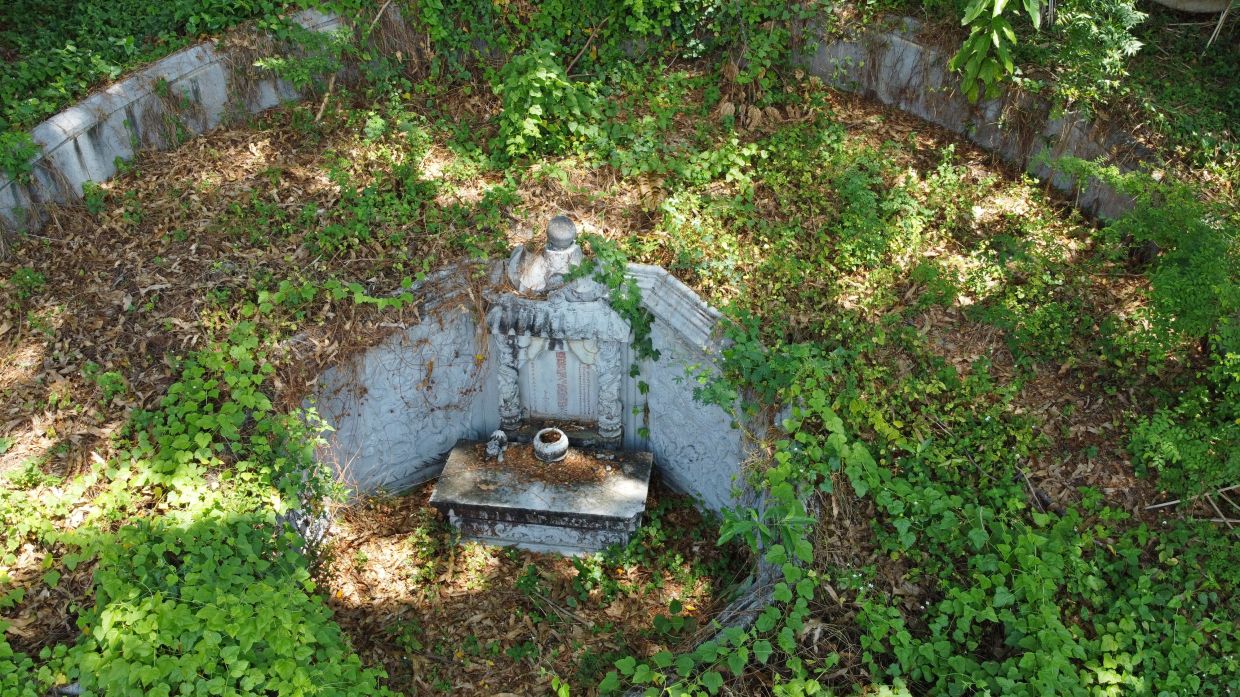
Despite promises from the Penang Heritage Council and Rosli Nor that the grave would be preserved, Foo’s grave was recently demolished.
The landowner had been instructed to maintain the grave as part of its green belt and was required to obtain authorisation before performing any work that may affect it.
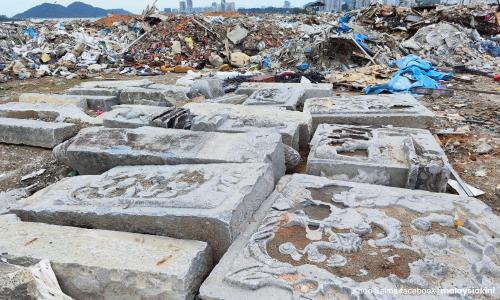
Despite the guarantees, the grave was exhumed and destroyed, much to the chagrin of Foo’s great grandson, Jeffery Seow, who had hoped that state authorities would urge the landowner to reestablish the burial site.
Seow had previously predicted that the tomb would someday be “torn down without notice.”
He also mentioned that the Penang government, Penang Island City Council (MBPP), and the Heritage Commission should indeed coerce the landowner to rebuild the grave to its initial location and design within six months, or face an RM50,000 fine and an RM500 per day fine until the tomb is recovered.


 Get Audio+
Get Audio+ Hot FM
Hot FM Kool 101
Kool 101 Eight FM
Eight FM Fly FM
Fly FM Molek FM
Molek FM

